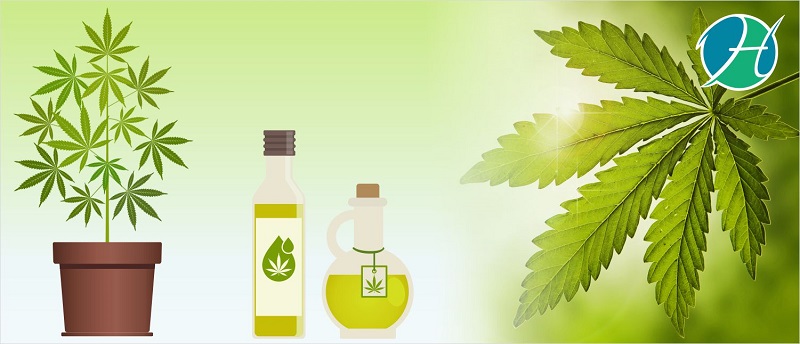Which is More Dangerous? Edible or Inhaled Cannabis

Legalization of recreational cannabis in states like Colorado, Washington, Oregon and Alaska, and medical marijuana in many other states, have increased the use of edible cannabis. Instead of inhaling the substance, users can choose edible options. There is a concern that edible cannabis can be more dangerous than inhaled cannabis, as more studies are completed on the health effects.
A study performed on emergency room visits in Colorado since legalization shows the number of cannabis-associated visits from 2012 to 2016. Of the 9,973 ER visits that were coded for patient cannabis use, 10.7% of the patients had used edible cannabis. Considering that edible cannabis products only represent. 32% of cannabis sales in Colorado during the same period, this is a disproportionate number of ER visits. Other significant findings of the study related to edible versus inhaled cannabis reactions in patients include:
- Acute psychiatric symptoms 18% vs. 10.9%
- Intoxication 48% vs. 28%
- Cardiovascular symptoms 8% vs. 3.1%
Although both inhaled and edible cannabis have the same effects on the brain and other systems in the body, they are metabolized differently. One of the reasons edible cannabis could be considered more dangerous is due to the delay in the THC entering the bloodstream, making it harder to monitor use by the consumer.

Lag in THC Entering the Bloodstream
The big difference between edible and inhaled cannabis is how long it takes to feel the effects of the THC. Once THC is in the bloodstream, it quickly impacts brain function. With inhaled cannabis, peak levels of THC occur within 10 minutes. It does not need to be metabolized through the liver like edible varieties. With an edible cannabis product, it can take between one to three hours for the THC to reach peak levels in the bloodstream. Other drugs or medications can slow metabolism of THC in the liver, changing how quickly effects are felt for users.
This lag of THC in entering the bloodstream with edible cannabis can lead to users eating more before they feel the full symptoms of their previous dose. It is harder for users to monitor the level of THC in their bloodstream. This can explain the high number of ER visits for cannabis-related illness or intoxication for users of edible cannabis, even though it is a fraction of 1% of the total amount of cannabis sold.
Those who use cannabis products need to be aware of the difference between edible and inhaled products and how they are metabolized. Both can be dangerous if overused, but inhaled cannabis can be easier to self-monitor and control to avoid negative health effects from over-intoxication.

